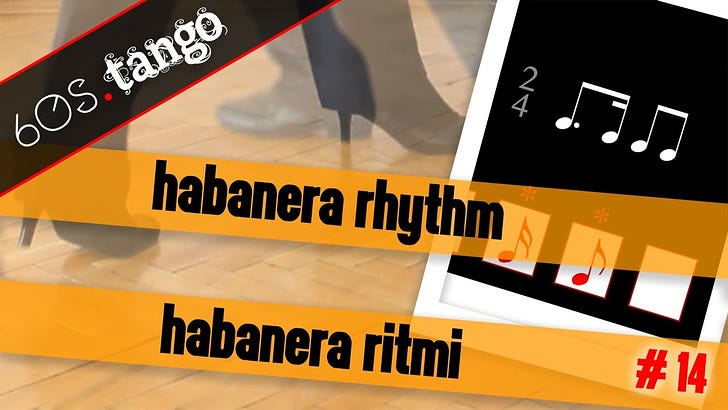Habanera
The Spanish and Spanish-American version of the contradanse, which was an internationally popular style of music and dance in the 18th century, derived from the English country dance and adopted at the court of France. At first known as contradanza, it was brought to America and there took on folkloric forms that still exist in Mexico, Venezuela, Colombia, Peru, Panama, and Ecuador.
It became an important genre in Cuba, the first written music to be rhythmically based on an African rhythm pattern and the first Cuban dance to gain international popularity, the progenitor of danzón, mambo, and cha-cha-cha, with a characteristic “habanera rhythm” and sung lyrics. Outside Cuba, the Cuban contradanza became known as the habanera, and that name was adopted in Cuba itself following its international popularity in the late 19th century.
The habanera is also slower and as a dance more graceful in style than the older contradanza, but it retains the binary form of classical dance, being composed in two parts of 8 to 16 bars each, though often with an introduction. In the 20th century, the habanera gradually became a relic form in Cuba, especially after the success of the son cubano. However, some of its compositions were transcribed and reappeared in other formats.
The habanera rhythm’s time signature is 2/4. An accented upbeat in the middle of the bar lends power to the habanera rhythm, especially when it is as a bass ostinato. Syncopated cross-rhythms called the tresillo and the cinquillo, basic rhythmic cells in Afro-Latin and African music, began the Cuban dance’s differentiation from its European form. Their unequally grouped accents fall irregularly in a one- or two-bar pattern; the rhythm superimposes duple and triple accents in cross-rhythm (3:2) or vertical hemiola.
The 6/8 contradanza evolved into the clave (not to be confused with the key pattern of the same name), the criolla, and the guajira. From the contradanza in 2/4 came the (danza) habanera and the danzón.
The habanera rhythm is heard prominently in New Orleans second line music, and there are examples of similar rhythms in some African American folk music, such as the foot-stamping patterns in ring shout and in post-Civil War drum and fife music. Early New Orleans jazz bands had habaneras in their repertoire, and the tresillo/habanera figure was a rhythmic staple of jazz at the turn of the 20th century. 1750s–1900s.


